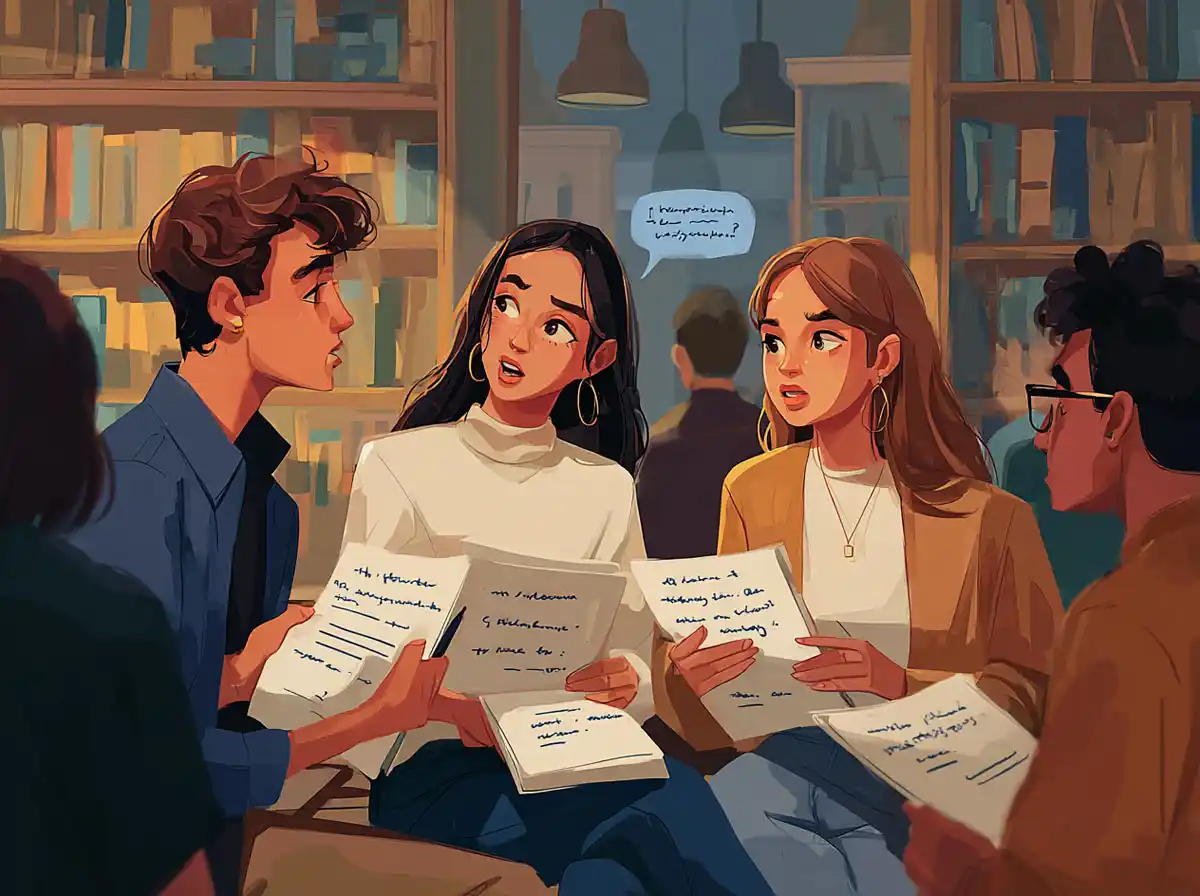Understanding the Importance of Greetings in Lithuanian Culture
Lithuanian culture places great emphasis on respect and politeness, which is vividly expressed through its greetings. Greetings are not just mere words but convey warmth, respect, and social status. The use of appropriate greetings can set the tone for successful communication and foster positive relationships.
- Respect for elders: In Lithuania, addressing elders and authority figures with formal greetings is customary and considered a sign of good manners.
- Social context: Different greetings are used depending on the time of day, the formality of the situation, and the relationship between speakers.
- Non-verbal cues: Lithuanian greetings often accompany handshakes or slight nods, especially in formal settings.
Mastering Lithuanian greetings provides not only linguistic competence but also cultural insight, which is crucial for meaningful interaction.
Basic Lithuanian Greetings and Their Pronunciations
Learning the foundational greetings is the first step in any language acquisition. Here are some of the most common Lithuanian greetings, along with their English equivalents and pronunciation guides:
| Lithuanian Greeting | English Translation | Pronunciation | Usage |
|---|---|---|---|
| Laba diena | Good day | LAH-bah DYEN-ah | Formal greeting used during the day |
| Sveiki | Hello (plural/formal) | SVEY-kee | Formal or plural greeting |
| Sveikas | Hello (male) | SVEY-kahs | Informal greeting for males |
| Sveika | Hello (female) | SVEY-kah | Informal greeting for females |
| Labas rytas | Good morning | LAH-bahs REE-tahs | Morning greeting |
| Labas vakaras | Good evening | LAH-bahs VAH-kah-rahs | Evening greeting |
| Viso gero | Goodbye | VEE-so GYEH-ro | Formal farewell |
These greetings form the backbone of everyday conversation and are essential for polite interaction.
Formal vs. Informal Greetings in Lithuanian
Like many languages, Lithuanian distinguishes between formal and informal greetings, reflecting social hierarchies and familiarity.
Formal Greetings
Formal greetings are used in professional settings, with strangers, or when addressing elders. They convey respect and politeness.
- Laba diena (Good day): Suitable for most formal daytime situations.
- Labas vakaras (Good evening): Used formally in the evenings.
- Jūs sveiki? (Are you well?): A polite inquiry often used in formal greetings.
Informal Greetings
Informal greetings are common among friends, family, and peers. They are more relaxed and casual.
- Labas (Hi/Hello): A versatile informal greeting.
- Čia sveikas? (Hey, are you well?): Informal and colloquial way to check in.
- Kaip sekasi? (How’s it going?): A casual way to ask how someone is doing.
Distinguishing between these two registers is crucial for appropriate and effective communication.
Time-Specific Greetings in Lithuanian
Time of day influences the greeting used in Lithuanian, similar to English. Mastering these can help you sound natural and polite.
- Labas rytas – Good morning (used until about 10-11 am)
- Laba diena – Good day (used from late morning until early evening)
- Labas vakaras – Good evening (used from late afternoon into the night)
Using the correct time-specific greeting shows respect for Lithuanian customs and enhances your conversational skills.
Common Farewells and Responses to Greetings
Knowing how to say goodbye and respond to greetings is as important as the initial hello.
- Viso gero – Goodbye (formal)
- Sudie – Farewell (less common, more formal)
- Iki pasimatymo – See you later
- Ačiū, gerai – Thank you, I’m good (common response to “How are you?”)
- Gerai, o kaip tau? – Good, and how about you?
Responding appropriately to greetings is a key aspect of fluent and polite conversation.
Non-Verbal Gestures Accompanying Lithuanian Greetings
In Lithuanian culture, non-verbal communication complements verbal greetings.
- Handshakes: A firm handshake is common in formal settings, often accompanied by eye contact.
- Hugs and kisses: Among close friends and family, light hugs or cheek kisses (usually three times) are customary.
- Nods and smiles: A slight nod or smile can accompany informal greetings.
Understanding these gestures will help avoid social faux pas and make interactions more comfortable.
Tips for Learning Lithuanian Greetings Effectively
Mastering Lithuanian greetings can be straightforward with the right approach.
- Practice regularly: Use greetings in daily conversations to build confidence.
- Use language apps: Tools like Talkpal offer interactive practice with native speakers.
- Listen and imitate: Pay attention to pronunciation and intonation in authentic Lithuanian media.
- Learn cultural contexts: Understanding when and how to use certain greetings is as important as the words themselves.
- Engage with native speakers: Conversing with Lithuanians helps reinforce learning and build real-world skills.
Conclusion
Learning greetings in the Lithuanian language opens the door to deeper cultural understanding and more meaningful interactions. Whether you are addressing a formal audience or chatting with friends, knowing the appropriate greetings and their cultural contexts is essential. Utilizing platforms like Talkpal can accelerate your learning by providing immersive, practical experiences that develop both your linguistic and cultural competence. Embrace the rich heritage of Lithuania through its language, starting with simple yet powerful greetings that pave the way for effective communication.










